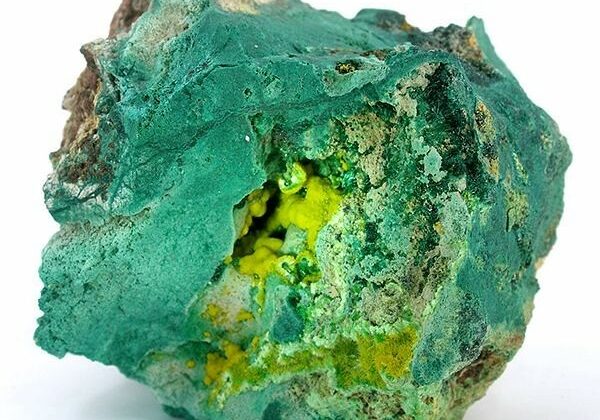The sordid history of Trinity’s uranium fuel

In addition to the impact the first atomic explosion, Trinity, had on communities near where the bomb was detonated, it also had impact on the uranium mining communities where its fuel came from, including the Congo in Africa. Two-thirds of the uranium for Trinity came from a 24-story deep mine in Katanga, called Shinkolobwe. The Congolese had already suffered under Belgian colonial policies that drove famine and disease and killed millions.
In Wired, author Ngofeen Mputubwele recounts a specific scene in the movie Oppenheimer: “As the marbles steadily filled the bowl onscreen, I kept seeing what was missing: Black miners hauling earth and stone to sort piles of radioactive ore by hand.”
Mputubwele goes on to recount stories and history from the sordid and inhumane relationship between bomb-builders and the people in the Congo, tortured and forced to live in what were essentially prison camps, in order to work the mine that eventually yielded the uranium, or as the miners called it, “flamboyant stones” for the bomb.
The mines had begun to dig up radium, leaving uranium, then thought of as a waste product, was brought to the surface and stored. The uranium ore from Katanga was much richer than other mines and became a covetous focal point during World War II for both the Axis and the Allies. The radioactive contamination from this mining still permeates the environment. Photo is of Uranophane in malachite specimen from the Shinkolobwe mine.
Support Beyond Nuclear
Help to ensure a safer, greener and more just world for all

